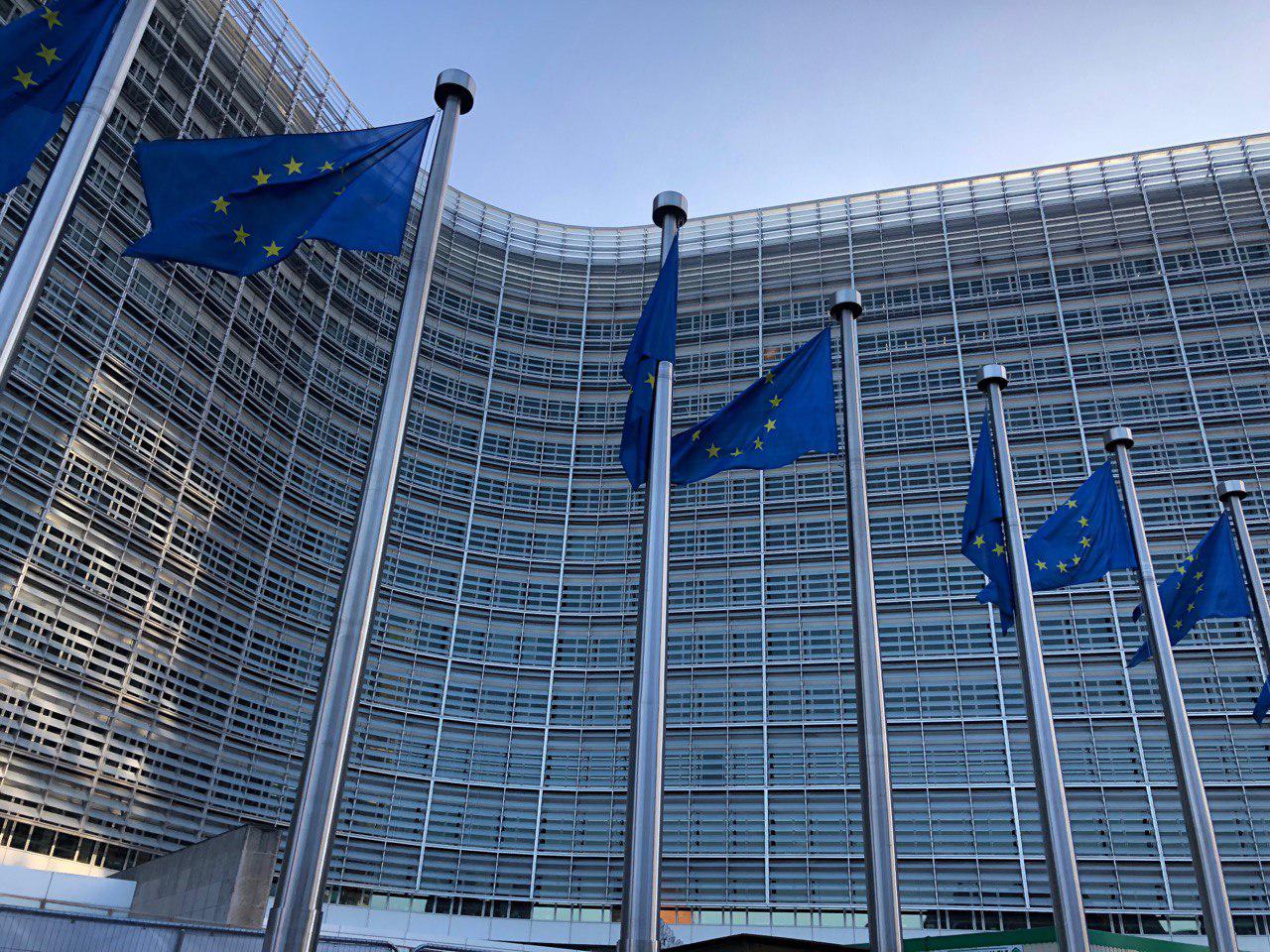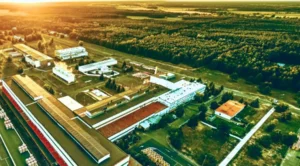The European Commission is preparing a plan to completely stop gas supplies from Russia through Ukraine. It wants to import gas from different sources to Gazprom’s last clients thanks to joint purchases that Poland has been advocating for years.
The agreement between Gazprom and Naftogaz expires at the end of 2024. The Russians, who used to check Ukrainians with the threat of stopping supplies, now need the Ukrainian route to deliver gas to their last customers in Europe.
European Commission representative Tim McPhee acknowledged that Brussels was working with Austria, Slovakia, the Czech Republic and Italy to acquire new routes and sources of gas supplies, including other pick-up points and LNG suppliers, to drop the import route through Ukraine and gas from Russia.
„The European Commission is working closely with these countries to ensure that they have the necessary gas supplies. I will not talk about the specific routes, but the point is that these countries can receive gas through other pipelines, as well as in liquefied form, and we are sure that this can be done,” said the representative of the commission as quoted by TASS.
The supply will be ensured thanks to joint gas purchases via the European Energy Platform. This is the implementation of the idea proposed by Poland in 2014 as part of the Energy Union initiative. During the energy crisis the member states used it to book 97.4 bcm of gas, which exceeded the EC’s expectations twice. The demand is estimated at 34 billion cubic meters. „Deliveries from international traders reached 97.4 billion cubic meters, so they were over three times the demand. Now customers and suppliers will be able to negotiate contracts with each other,” McPhee said. The next tender for the next five years of supply starts in February.
The EU’s REPowerEU program assumes the abandonment of Russia’s raw materials by 2027 at the latest in response to the energy crisis fueled by Gazprom and the Russian invasion on Ukraine. The share of Russians in the EU gas market has fallen from about 40 percent in 2021 to 13 percent today. Most EU countries have already abandoned this source of supply. The European Commission has also assured it was not afraid of the interruption of gas supplies through Ukraine.
TASS / Wojciech Jakóbik









